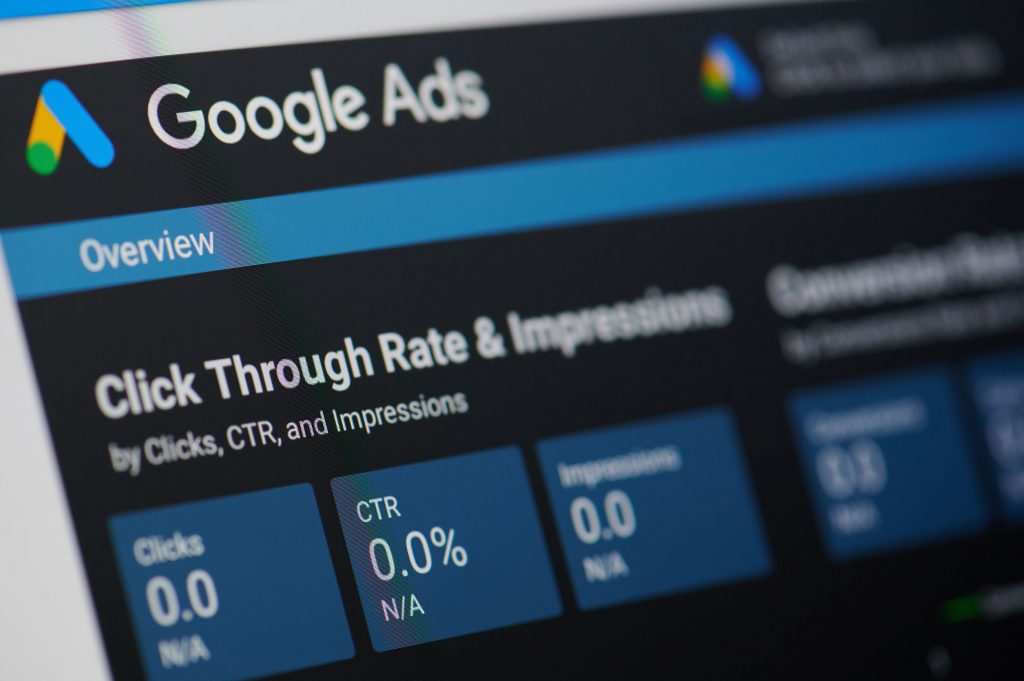4 changes in advertising that communicators should know
With COVID-19 disruption, an election year and a growing desire for privacy and security on the side of consumers, here’s what PR pros should consider about the changing marketing landscape.

The ever-evolving healthcare, political and social landscape are changing the way people are living their lives across the world. It has also changed the way we advise our clients.
The reality of these seemingly endless changes extends even to some of our largest advertising accounts. Because we are straying away from large blanket strategies, and digging deeper into the psyche of our clients’ stakeholder audiences, it’s important that we understand the fundamental and nuanced shifts that impact the way customers do business and consume media.
Here are four major trends that are changing advertising as the world deals with change and new norms:
1. The commute to work. COVID-19 has flipped the United States—and the world—upside down, and as it relates to advertising, has potentially changed commuting tendencies for good. With commute times being such a key touchpoint in the way people consume media, we’ve reacted quickly to reallocate investments to account for nonexistent “drive times” and the decrease in consumption across print and out-of-home placements, especially across public transport and office elevators for example. And with more time spent at home, we are seeing unsurprising spikes across TV, digital, podcasting and over-the-top (OTT) consumption as the cord cutting trend continues to grow.
2. An election year rush. The elections are nearly upon us. And the forecasts that we’re looking at predict that political ad spend will hit an all-time high this year, at close to $7 billion. While it’s no surprise that the largest spend is expected to hit broadcast TV, we’re expecting that this will be the largest political ad spend in history, even despite financial crises with some brands pausing their advertising spend. It goes without saying that inventory will be at a premium and is already selling out quickly. Flexibility and planning are crucial components to getting into this cluttered environment effectively.
3. Time to take a stand. The social justice movement has found its own voice within the advertising landscape as we saw big brands boycott certain advertising platforms and services over the course of the summer. Brand safety is at the forefront of conversations, and advertisers across the world have felt compelled to take a stand or pick a side. And it doesn’t matter which side of the fence you’re on, what rings true is the sensitive environment in which we operate, and the extra measures and risks/rewards companies must think through before big decisions are made.
4. Data security. Privacy, trust and transparency are starting to dominate the advertising landscape. Brands are continuing to prepare for a cookie-less world and publishers, advertisers and brands are all making an effort to reduce ad fraud, maintain brand safety and generally improve the user experience with online advertising. This trend is rapidly developing and will likely continue to do so through 2021.
It’s never been more important for brands to focus on the user experience and the integrity of their advertising, so we are continuing to work with direct publishers to make sure that effort is behind upheld on behalf of our clients.
There’s more to a solid advertising strategy than simply identifying your audience and understanding where they consume their media. Now more than ever, it is critical that media strategists start to pick apart the impact of these trends we’re seeing, track them as they evolve, and continue to pivot our strategies—across advertising or otherwise – and adapt to what tomorrow’s reality could hold.
Kat Wawner is a director and brand strategy expert for APCO Worldwide.






